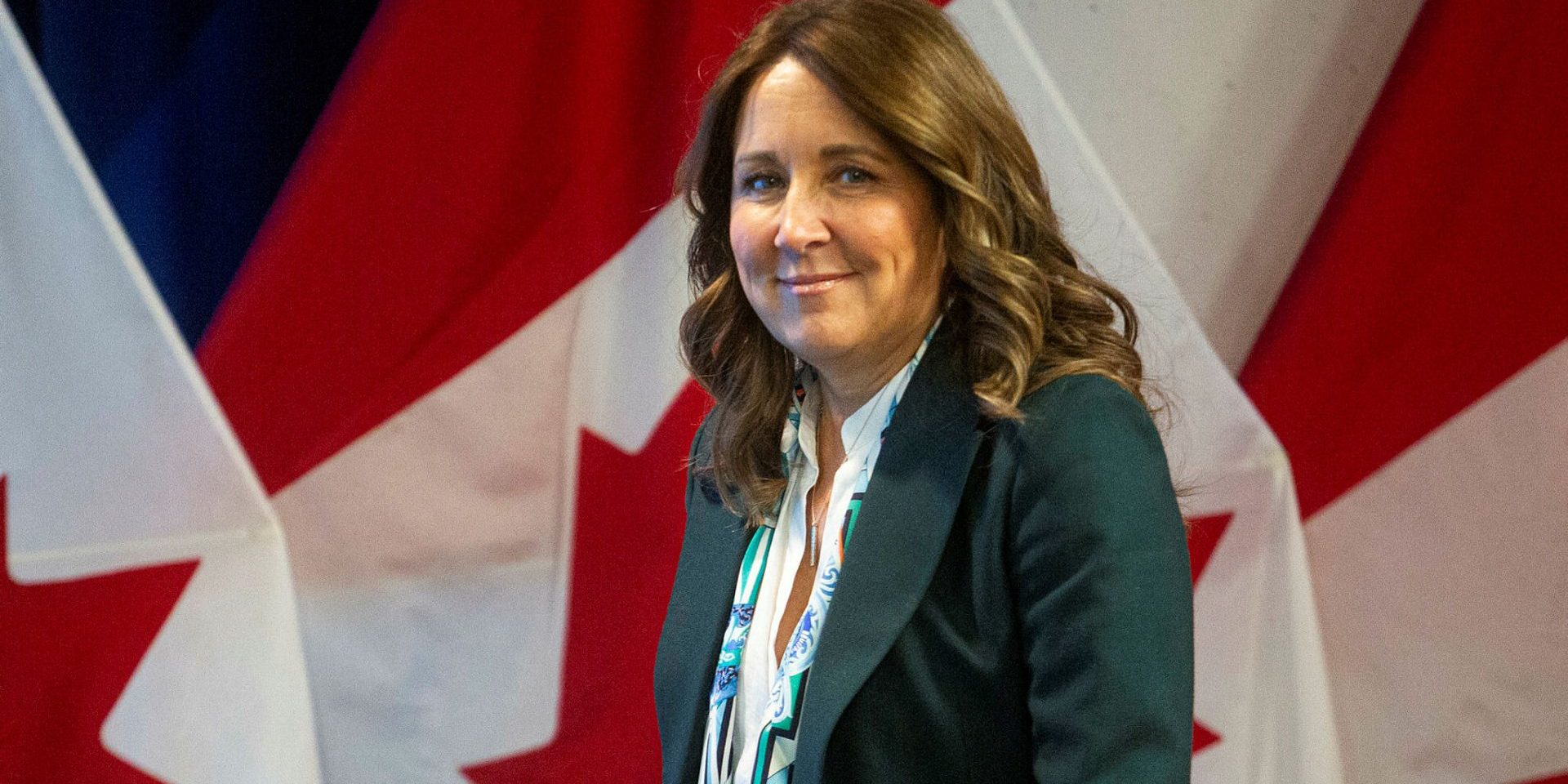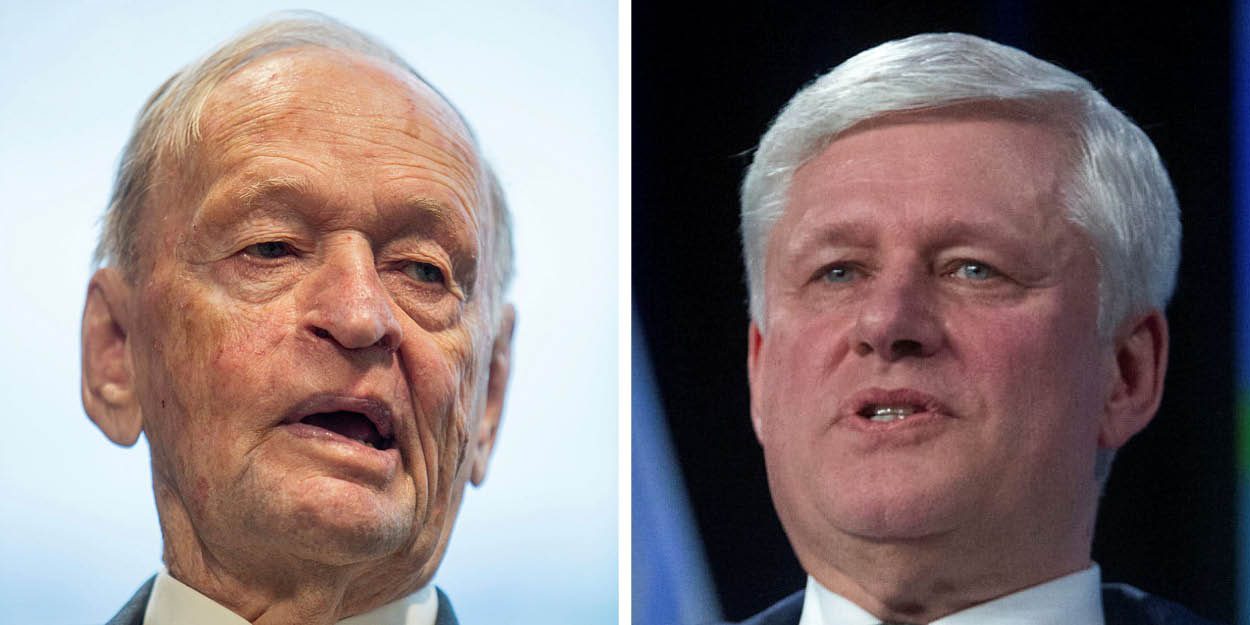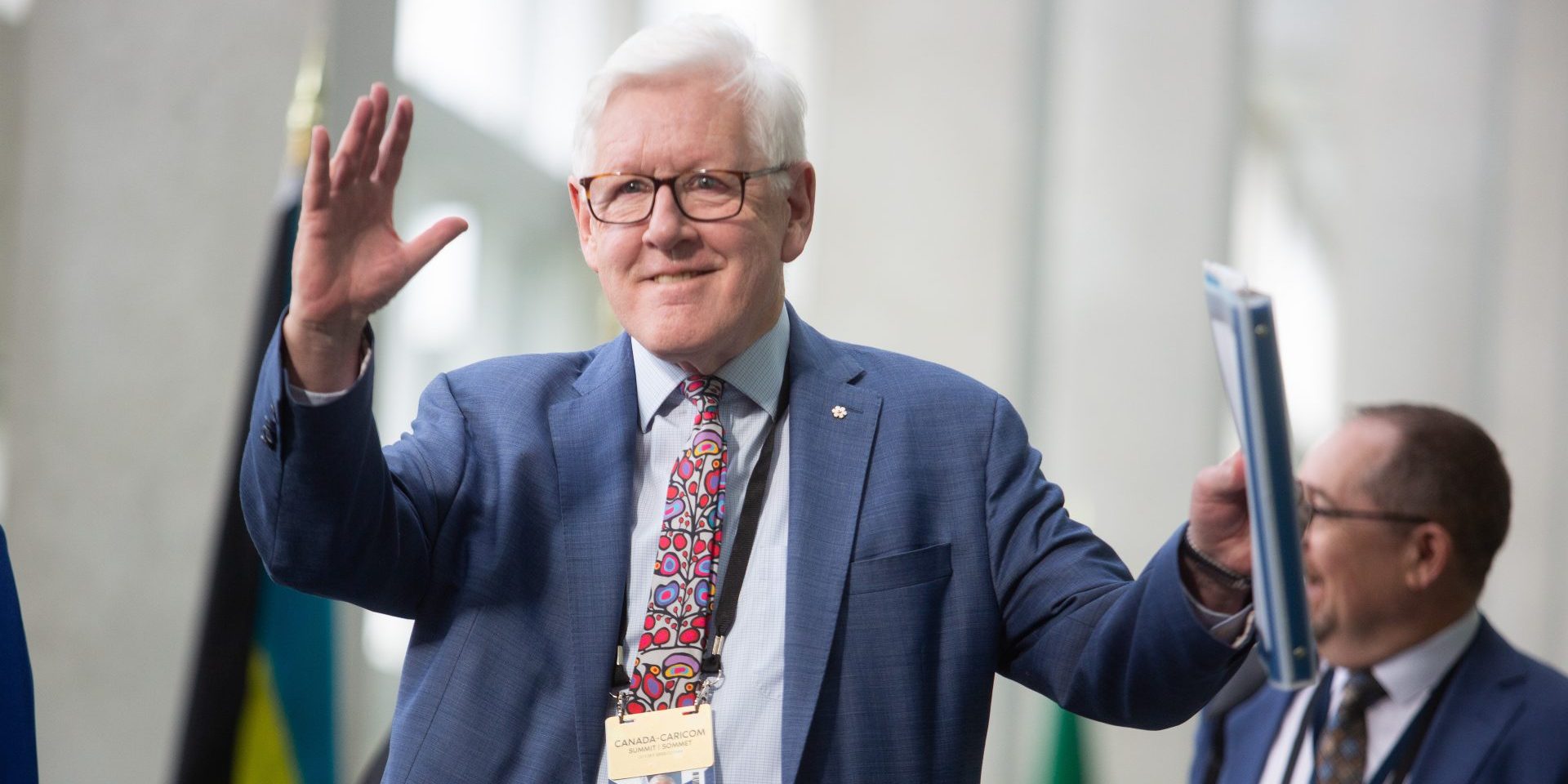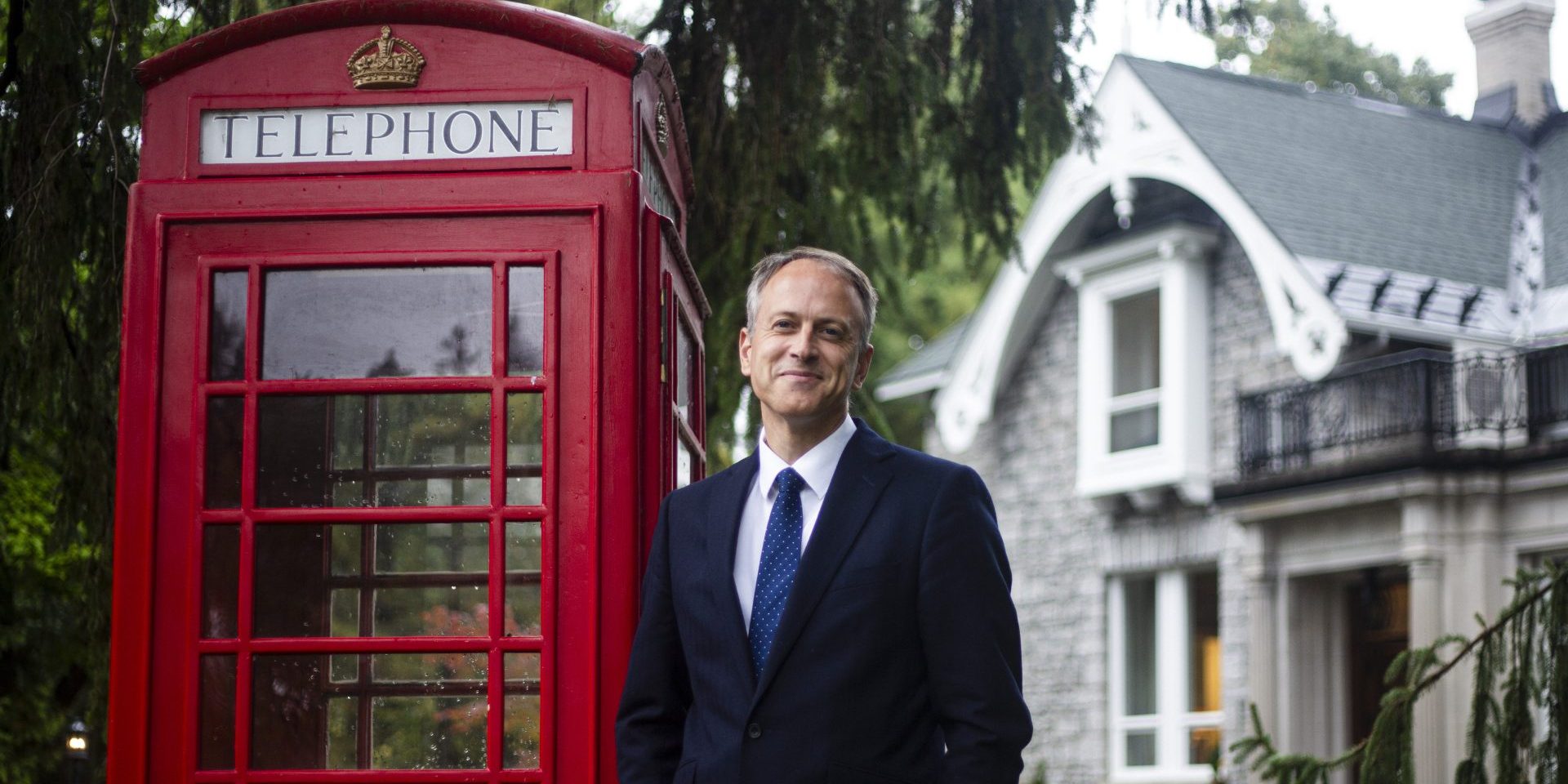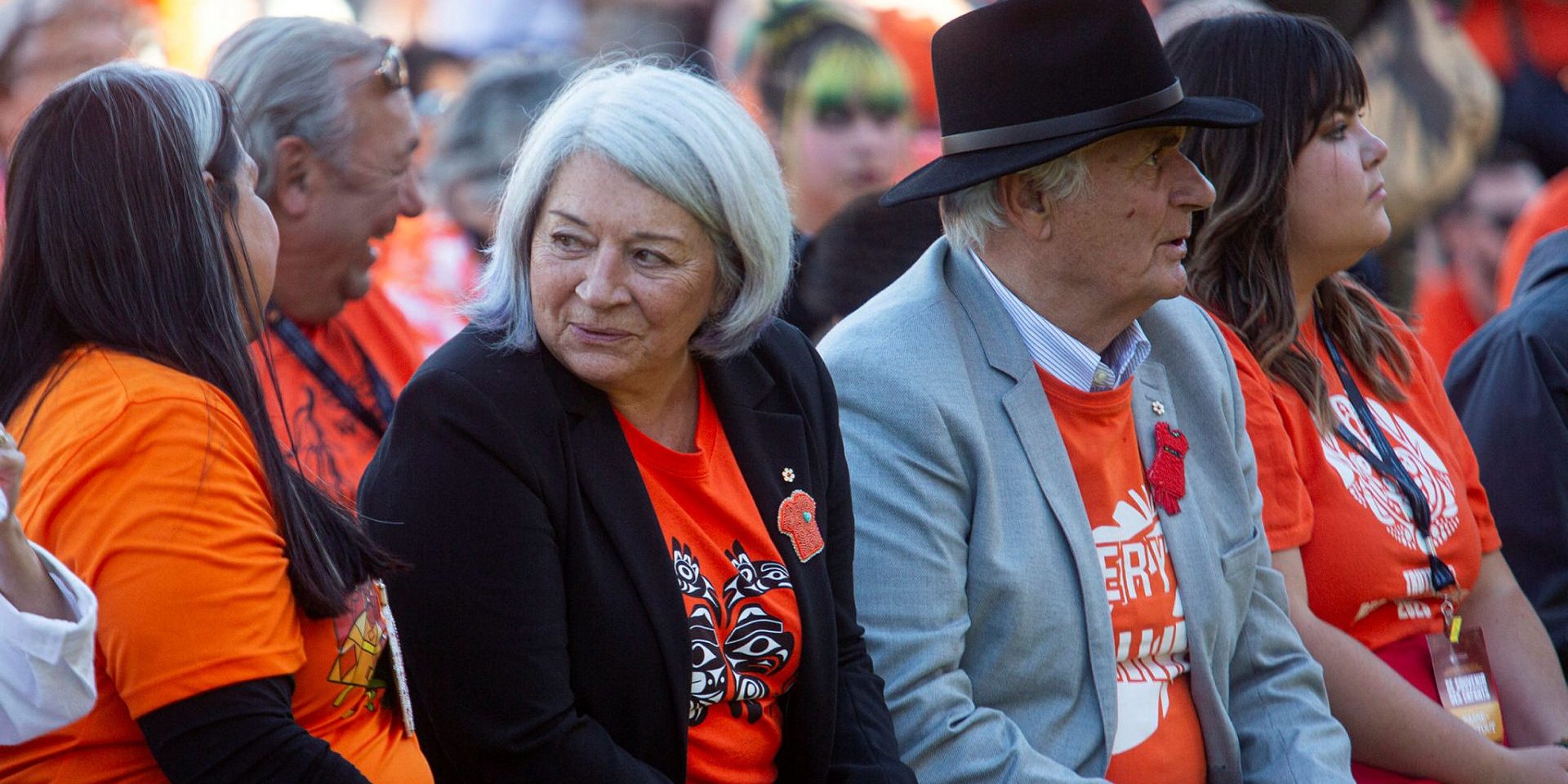Politics This Morning
Day six: Tories and Greens fight for Nanaimo
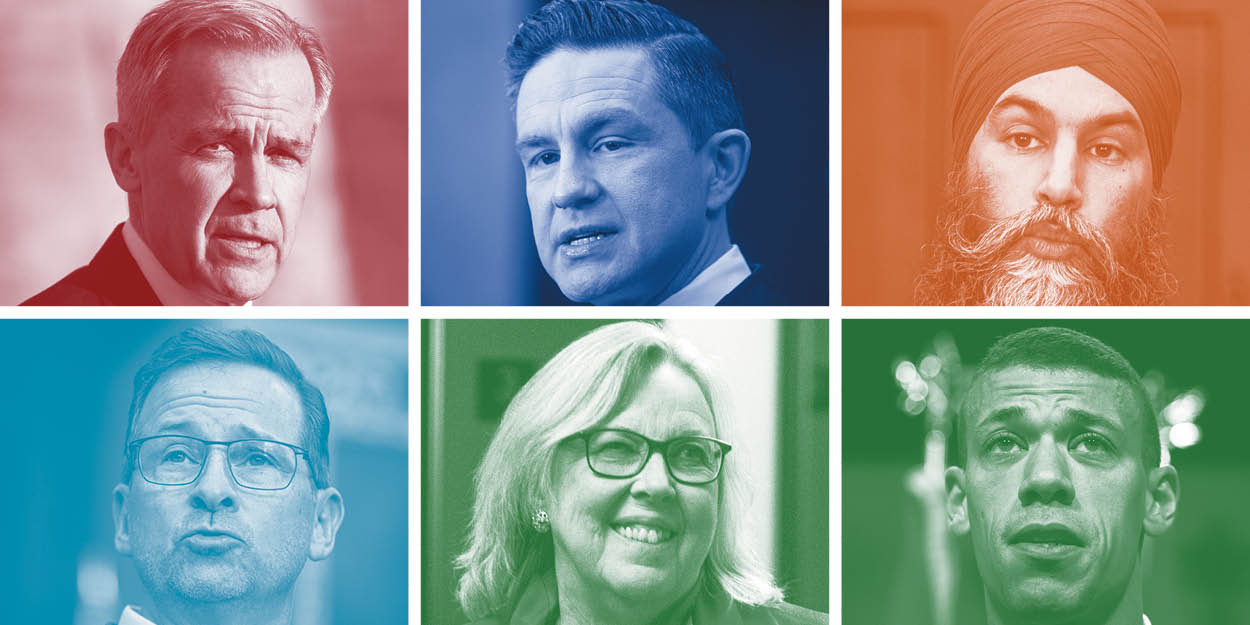
Good Friday morning,
In today’s Politics This Morning:
- Green party co-leaders campaign in Nanaimo, to face off with the Conservatives.
- Our pundit panel weighs in on campaign priorities.
- The head of a student association shares an update on election preparations on campuses.
We are nearly finished with the first week of election 2025, and the Liberals have passed it unscathed, more or less, in the polls so far.
Abacus Data had the party leading over the Conservatives by a point in their latest survey, and even an internal poll by Ontario Premier DOUG FORD’s party claimed that the Tories could be “obliterated” in the province.
But things can move fast in Canadian politics, and the polling pendulum could swing back in the coming weeks.
Where the leaders are
Conservative Leader PIERRE POILIEVRE is campaigning in Nanaimo, B.C., to help his party gain more ground in British Columbia. He will hold a press conference at 9:30 a.m. PT while there.
The NDP’s LISA MARIE BARRON snatched the riding of Nanaimo-Ladysmith in 2021 from the Greens’ PAUL MANLY, winning 29 per cent of the votes. The Tories came second in the race with 26 per cent, and this could be a seat that Poilievre can hope to flip in his favour.
The Conservatives are fielding their 2021 candidate TAMARA KRONIS in the riding again. Kronis, as per her LinkedIn page, is a lawyer and a former chair of the Ontario Human Rights Tribunal.
But the Greens are fighting back to regain their territory too. Co-Leaders ELIZABETH MAY and JONATHAN PEDNEAULT are also in the region today to boost Manly’s campaign. Manly, a former MP, worked as a city councillor in Nanaimo from November 2022.
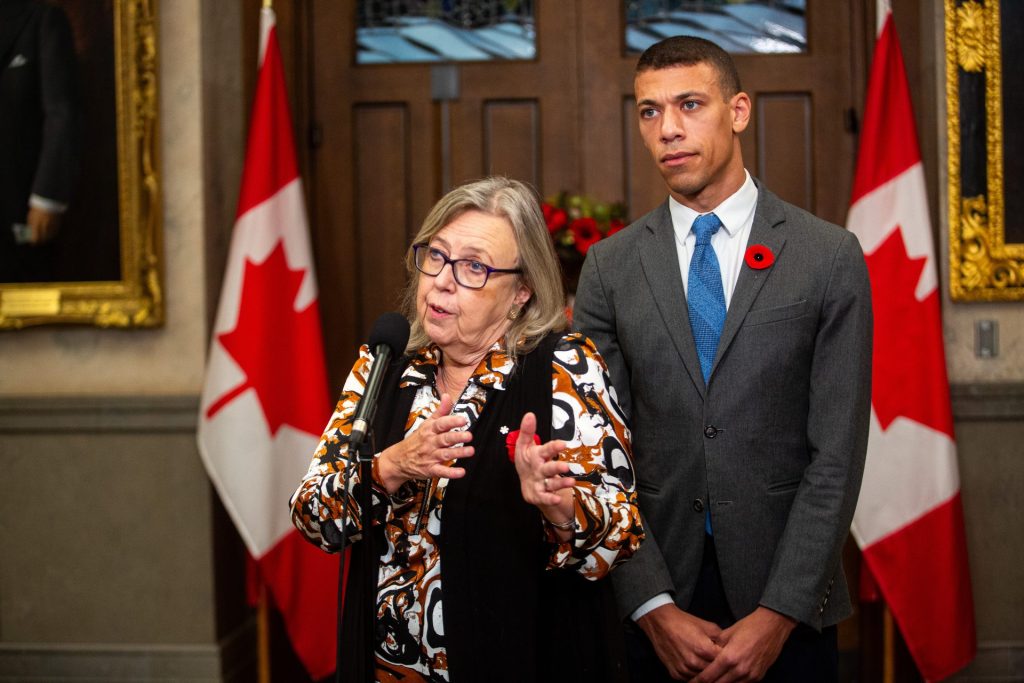
The Liberals have MICHELLE CORFIELD as their flag bearer. This is the third such contest for the businesswoman and advocate for First Nations’ rights.
Nanaimo was also the city where the Liberals held their caucus retreat last September. Nanaimo Mayor LEONARD KING spoke to Politics this Morning at the time, and he raised concerns about deaths due to drug overdose in the city, and rising crime. The full interview is available here.
From Nanaimo, Poilievre is set to go to Winnipeg, M.B., on Saturday, and then head to Brampton, Ont., on Sunday.
The Greens will make a stop to attend the Juno Music awards in Vancouver, on Sunday, amid the campaigning.
The itineraries for other leaders were not made available last evening.
Election promise tracker: Poilievre pitched higher TFSA limit, and Singh laid out plans to defend the auto sector
A wise man once said: if wishes were horses, beggars would ride, and this election has been no different with party leaders pitching a utopia to Canadians.
From tax cuts to infrastructure projects, the leaders have played some generous cards.
Yesterday, Conservative Leader Pierre Poilievre declared that his government would raise the limit on annual contributions towards Tax Free Savings Accounts (TFSA) by $5,000. The TFSA limit for 2025 stands at $7,000. The account allows people to deposit their savings or investments into so that any income earned on them is tax free.
Poilievre claimed that his policy will increase investments in Canadian businesses, which will in turn create jobs.
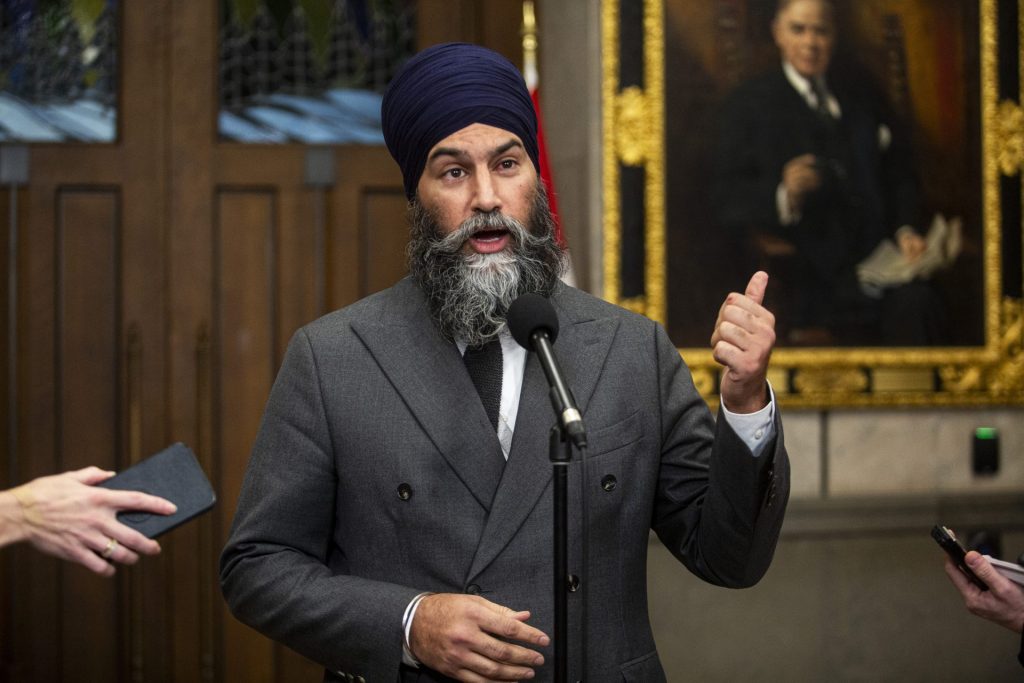
Speaking of jobs, the NDP’s JAGMEET SINGH set out his four-point plan to protect Canada’s auto sector from the impact of DONALD TRUMP’s tariffs while on a visit to Windsor, Ont. He pledged to: use every dollar earned from counter-tariffs to support workers, boost employment insurance, bar auto companies from moving their assets purchased with the Canadian government’s funding out of the country, and mandate government agencies— including the RCMP and Canada Post—to buy Canadian vehicles.
Weekly pundit panel weighs in on the big ideas of campaign 2025
Like all good media outlets, we at Politics This Morning have assembled a crack team of political pundits to opine on how the campaign is going, and what the party leaders should do next, each week.
Our first panelist is DAN ARNOLD, the chief strategy officer at the research consultancy Pollara, and former top research guy for Liberal Party election campaigns, and the Prime Minister’s Office, under JUSTIN TRUDEAU.
Our second panelist is JOSIE SABATINO, a senior consultant at Summa Strategies, former communications director to Conservative leader ERIN O’TOOLE, and ex-Conservative Party campaign spokesperson.
Our third panelist is ANGELLA MACEWEN, a senior economist at the Canadian Union of Public Employees, policy fellow at the Broadbent Institute, and former NDP candidate in Ottawa Centre.

THE QUESTION: Which policy idea (or ideas) will be most important for your party to win over the voters it wants?
Here’s what they said:
Dan Arnold
“It’s quaint to assume policy will matter in this election. This election is about the giant orange elephant in the room, and the election is going to boil down to who Canadians feel will stand up to Trump and deal with the fallout from all the Trumpy things he’s going to do over the next four years.
“Faced with that, are voters really going to care about the nuances of housing platforms? Yes, domestic policy is important, but the Trump card beats every other issue this campaign.
“And let’s be honest, specific policy announcements around ‘the Trump issue’ will probably all sound the same. All the leaders will promise to increase defence spending (even Singh!) and knock down interprovincial trade barriers and build statues to Laura Secord. But voters will vote more on how they feel about the leaders rather than the specifics of what each leader is promising.
“The question is who voters want in the cockpit, not which plane to use (well, so long as we all agree we don’t want an F-35 as the plane).
“It’s abundantly clear from all the polling available that the Liberal comeback is being driven by Canadians who want Carney flying the plane. This is especially the case among older Canadians, who are leery of Poilievre’s ‘sounds like Trump’ demeanor. So expect the Liberals to keep pressing this issue to solidify the gains they’ve made among older voters. They will announce policy ideas connected to this, but it won’t be about those policies—it will be about keeping the public’s attention on Trump and the ballot question they want.”
Josie Sabatino
“Since winning the party leadership, Conservative Leader Pierre Poilievre has used his social media platforms to highlight the affordability crisis impacting Canadians. His early campaign proposals suggest that this issue will remain his primary focus as he aims to stay the course.
“From a tax-free savings account top up, to support for seniors, and a commitment to eliminating the GST on new homes under $1.3-million, Poilievre is trying to reach the voters who rank cost of living as top of mind, and feel that they have been left behind in the last decade.
“Message discipline has helped Poilievre maintain his front-runner status for much of the last two years, and all signs point to a continued focus on reaching voters who are living with a scarcity mindset. In the coming days, expect to see more policies focused on cutting government spending to put more money back in the pockets of middle-class Canadians.”
Angella MacEwen
“This election has quickly become about each party’s vision for protecting Canada in the face of Trump’s economic warfare, and whether voters believe that a party has a plan that will provide economic independence at the same time that it maintains the values that we hold dear.
“The NDP vision is for a Canada that is more equitable, that invests in necessary public infrastructure to enable more inter-provincial trade, and that doesn’t allow critical assets to be sold off, or parts of our health care system to be turned into American-style private health care.
“Without the NDP, the last Liberal government would not have introduced dental care or gotten concrete progress on pharmacare. The NDP needs voters who support those policies and share those values to remember that it has always taken a strong NDP caucus to pressure a Liberal government to follow through on those kinds of election promises.
“The NDP will also need to be focused on presenting bold, creative ideas on an industrial strategy that will build on Canada’s strengths, by focusing on what is best for workers, families, and communities, instead of doubling down on the same old ineffective economic policies of deregulation and tax cuts that both the Liberals and Conservatives have presented so far in this election campaign.”
Fact or fiction? New voters face steep learning curve ahead of historic election
This election is “very important” to first-time voters, but deciding which party to choose can be difficult for them in an age of misinformation and online propaganda, says the head of an election outreach organization.
Political newbies often struggle to find credible information on candidates beyond the platitudes on party websites, said JOHN BEEBE, the founder of Democratic Engagement Exchange, in an interview with Politics This Morning this week.
DEE is a non-partisan organization that is part of the Toronto Metropolitan University. It carries out nationwide workshops for local community groups and helps them to engage with voters in their regions.
Giving new voters information about where, when, and how to cast their ballot it easy. Providing guidance on how to research the political candidates is the hard part, said Beebe.
Social media can be rife with disinformation and misinformation about politics. For new voters, trying to decide who will best represent them sometimes means having to wade through a pool of propaganda and campaign videos.
This, Bebee said, could impact voters in two ways: they could be misinformed about who to vote for, or they could find it hard to trust anyone, and lose interest in the democratic process altogether.
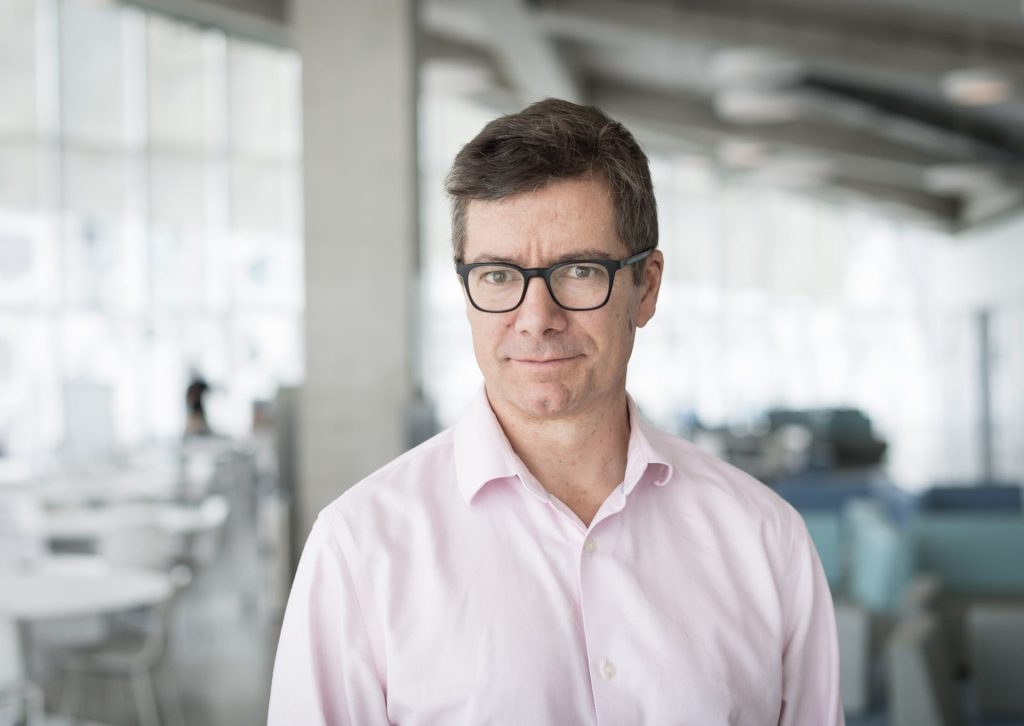
Students preparing to vote for the first time have the added challenge of preparing for their final exams in the days before the election.
The Canadian Alliance of Student Associations (CASA) is another organization that is working to get students engaged with the election. CASA relies on student volunteers to hand out information on campuses, speak to their peers about voting, and organize drives or walk-alongs to the polls on election day, executive director, WASIIMAH JOOMUN told Politics This Morning. This year, CASA is also asking faculty members to include a slide about the election in their lectures.
Will voter turnout trend continue?
Voter turnout can have a great impact on an election result, and that could prove especially true this time, with Canada under threat and the apparent stakes so high.
A relatively high turnout in the 2015 general election helped JUSTIN TRUDEAU to unseat STEPHEN HARPER as the prime minister. Since then, the turnout at federal elections has trended downward, per data from Elections Canada.
Prince Edward Islanders have turned out for recent elections at a higher rate than residents of any other province or territory. Voters in Nunavut and the Northwest Territories have been least likely to visit the ballot box.
Turn out has been historically lower among young people.
Elections Canada has estimated that a slightly higher number of electors will be eligible to vote this year—28.8 million—than were in the 2021 election, when 27.5 million had the chance to cast a ballot. But it remains to be seen if Canadians will make good on the opportunity.
Organizations like DEE and CASA are attempting to bridge the age turn-out gap. Getting young voters’ attention, and getting the resources needed to do that work, remains a challenge, said Beebe.
On the positive side, the expansion of campus voting this year, and allowing students to choose in which riding they want to vote, should help the cause, according to Joomun.
A student in Ontario, for example, could vote in a riding in New Brunswick if that’s where they are from, or could instead cast their vote for the candidate in their Ontario riding, so long as they can prove their residence in either place.
“I think the beauty of having voting on campus is they are advanced polls, so they are before the election…that is a little bit more flexible with the student schedule,” she said.
In the news
Liberals up their ad game: The Liberal Party spent big money on digital ads in the first week of the election campaign. STUART BENSON reports.
Deal reached on Indigenous space at 100 Wellington: LAURA RYCKEWAERT has the latest on negotiations over turning the vacant building at 100 Wellington Street in Ottawa into a space for Indigenous peoples.
Carney top reason for Liberal switchers: Mark Carney’s Liberal leadership takeover is the top motivation cited by those who have come back to the party in the last few months, according to a new poll. PETER MAZEREEUW has the details.
Carney and Trump may speak in the coming days
In a press conference that was delayed by an hour and a half, Prime Minister MARK CARNEY made an announcement yesterday about making an announcement next week.
Reporters were told to assemble at 1:30 p.m. to hear from Carney about Canada’s plan to retaliate against Donald Trump’s tariffs on the auto industry. But the presser did not start until around 3 p.m. when Carney’s chief of staff MARCO MENDICINO first appeared.
Carney’s campaign bus was on stand-by outside too, waiting to take him to a rally in Montreal.
Finally, Carney appeared.
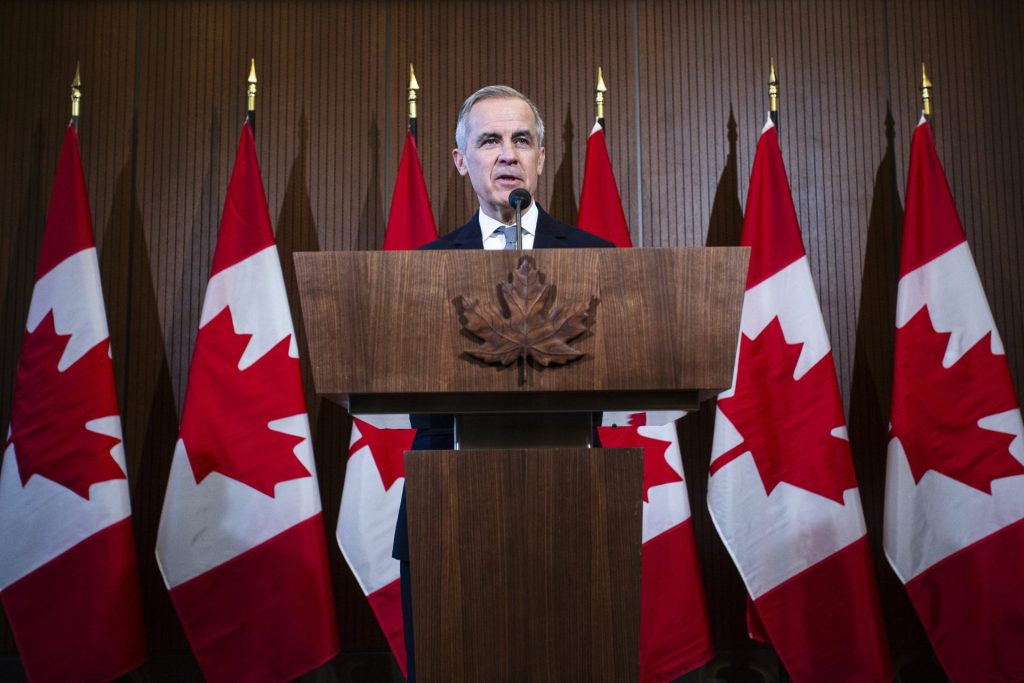
He had held a discussion with his cabinet members, he said, and decided to reveal a retaliation plan when and if the auto tariffs, and other sector-based tariffs on lumber, pharmaceuticals, semiconductors, or forestry industries, come into force on April 2.
“In our judgment, certainly my judgment, it doesn’t make sense when there is a series of U.S. initiatives that are going to come in a relatively rapid succession, to respond to each of them. We’re going to know a lot more in a week and we will respond then,” he explained.
Ontario Premier DOUG FORD too told reporters yesterday that many of Canada’s automotive exports could be exempt from Donald Trump’s new auto tariffs, but the details have yet to be confirmed.
Ford said U.S. Commerce Secretary HOWARD LUTNICK had told him on Wednesday that Trump’s 25 per cent auto tariff would not apply to finished vehicles containing more than 50 per cent U.S.-made parts. That should mean that many of the parts and vehicles produced in Canada would be exempt from the tariffs.
Ford said he would wait and see if things really shake out that way. You can read coverage of Ford’s presser by the Globe and Mail, here.
Back to Carney. The crux of his presser was the revelation that President Donald Trump had reached out to Carney on Wednesday night about setting up a call, and the two might talk in a day or two.
There is still no certainty about whether cabinet ministers, or others, will head to Washington to hold discussions with the Trump administration in the foreseeable future.
Carney also did not rule out using reciprocal tariffs on Canadian energy going to the United States, as he said “all options are on the table.”
What else is happening today?
The leader of Communist Party of Canada, ELIZABETH ROWLEY, is launching her party’s election campaign in Ottawa today at 11 a.m., alongside Parti Communiste du Quebec Leader ADRIEN WELSH.
Tell us what you think of Politics This Morning! Send feedback to pmazereeuw@hilltimes.com and rkachhela@hilltimes.com





 LICENSING
LICENSING PODCAST
PODCAST ALERTS
ALERTS